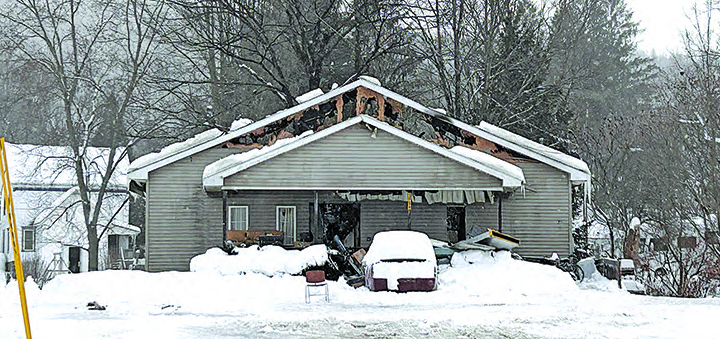County moves ahead with renovation plans for old jail complex
NORWICH – The architects who are designing the exteriors of the former Chenango County sheriff’s office and jail on West Park Place in the city were given an additional directive this week: To design the interior spaces as well.
Chenango County will partner with the Department of Social Services for an estimated $400,000 on top of the project’s already approved $2.3 million price tag. A motion was made and seconded to send the directive for approval by the full board of supervisors next month.
The porches, columns, doors, walls and other exterior work, plus the demolition of the old jail’s cell block, will be covered with taxpayer dollars.
A core group consisting of two supervisors, Social Services Commissioner Bette Osborne, Clerk of the Board RC Woodford and the architects have begun outlining programming needs. John Lawrence of John Snyder Architects said his firm planned to present bid documents during the first quarter of next year.
The committee discussed the time-line for leasing and hanging the communications cables from the newly-erected towers located around the county. No date was given for that project, however, nor for when the 911 Emergency operations equipment would be removed from the former Sheriff’s Office. Physical demolition and renovation work at the office building site cannot proceed until then, the architects have said.









Comments